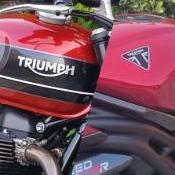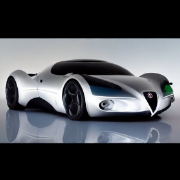-
Contenuti simili
-
- 19 risposte
- 3332 visite
-
Cadillac CTS II Sport Wagon (Topic Ufficiale - 2008) 1 2 3
Pubblicato da Touareg 2.5,
- 21 risposte
- 21725 visite
-
Aston Martin V8 Vantage Roadster (Topic Ufficiale - 2006) 1 2 3
Pubblicato da j,
- 2006
- aston martin
- (e 1 altro in più)
- 24 risposte
- 22764 visite
-
-
-








.thumb.jpg.902d2a4f20a129e92b6f6920407b81bd.jpg)
.thumb.jpg.46228d717c405acd43b45b79fddce6a4.jpg)












.thumb.jpg.d20c5008a881490f9c7f843d442a34f8.jpg)


Messaggi Raccomandati:
Crea un account o accedi per lasciare un commento
Devi essere iscritto per commentare e visualizzare le sezioni protette!
Crea un account
Iscriviti nella nostra community. È facile!
Registra un nuovo accountAccedi
Sei già registrato? Accedi qui.
Accedi Ora